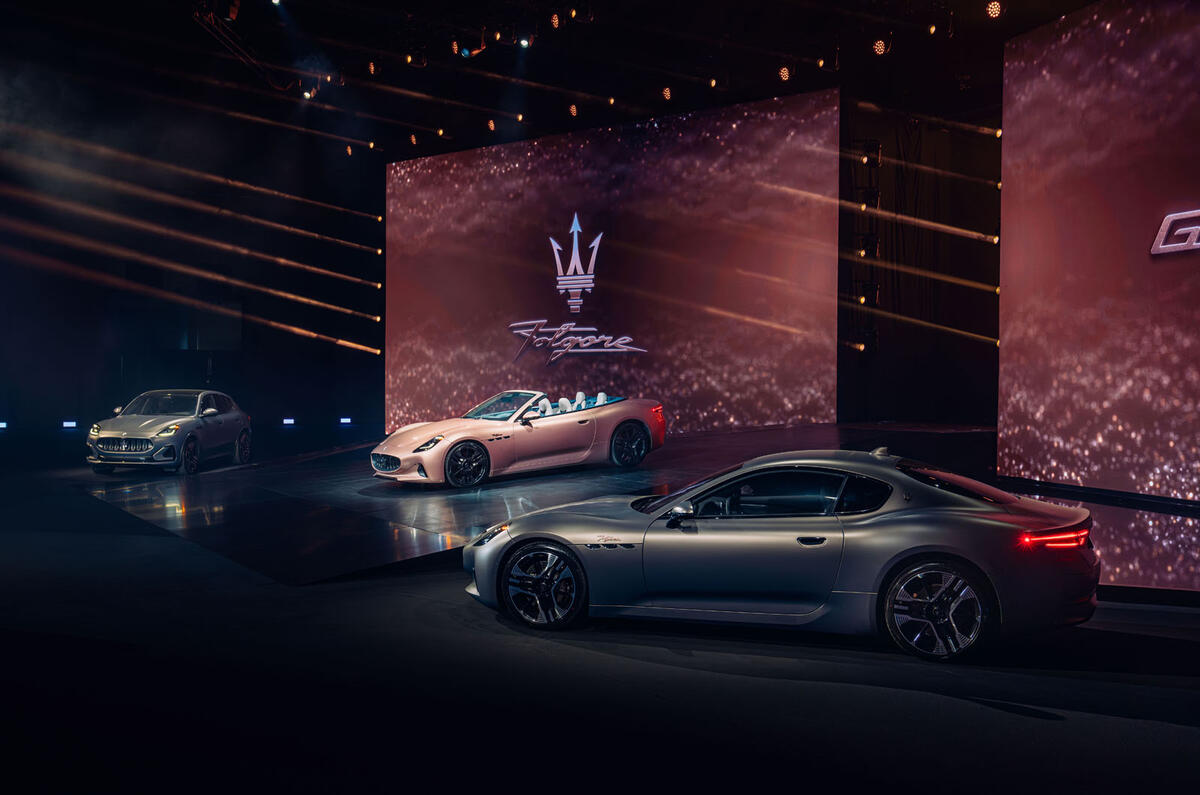The demise of the middle market has been a trend of the automotive industry over the past decade, as volume brands have attempted to move mostly up (Ford, Peugeot, Volvo) and occasionally down (Citroën) in their positioning to ensure they stand for something more than just pumping out cars at volume - sharpening their styling and often simplifying model ranges in the process.
There remains another middle market in the industry. It’s between the premium players like BMW and Mercedes-Benz and luxury brands like Aston Martin, Bentley and Ferrari, and it includes car makers capable of making genuine supercars (or super-SUVs) as well as diesel family cars.
Jaguar, Land Rover, Maserati and Porsche are among those that can claim residence here, and their respective plights show just how hard it is to compete in this most unusual part of the market.
Go too low in your pricing and positioning and too high with your volume and you risk damaging your brand allure and harming prestige and profitability. Go too high and you can alienate your existing customer base while failing to attract new customers from those brands that you’ve matched in pricing but not necessarily quality.
Land Rover and Porsche have been standout success stories over the past couple of decades in rising upwards with cars out of this upper middle market, and their successes are there for all to see.
What they’ve done so well is ensure that there's an integrity and a consistency to their cars that are traceable no matter what segment they’ve gone into. The existence of a £40k Range Rover Evoque doesn’t undermine the £200k Range Rover SV, for example, and the spirit of the 911 is felt across everything Porsche does.
Conversely, Jaguar moved down but failed to establish itself as more of a volume player before performing a handbrake turn and planning to go ultra-exclusive in a brand reinvention – although not before openly criticising the models that it has to sell in the meantime. Still, at least there is a bold, clear plan at Jaguar for the future and there remains a great interest in it.
Maserati is following more of the Jaguar blueprint than Porsche’s yet with seemingly no big bang in front of it to get it out of its malaise. Over the past decade or so, it tried to compete with the German premium brands with diesel executive cars that were even less successful than Jaguar’s, and now it too is all in with an all-electric future.
Yet while Jaguar is coming up with new models in new segments, Maserati’s focus has been on electrifying its existing range and nameplates, which haven’t exactly set the industry alight in their previous guises.









Add your comment